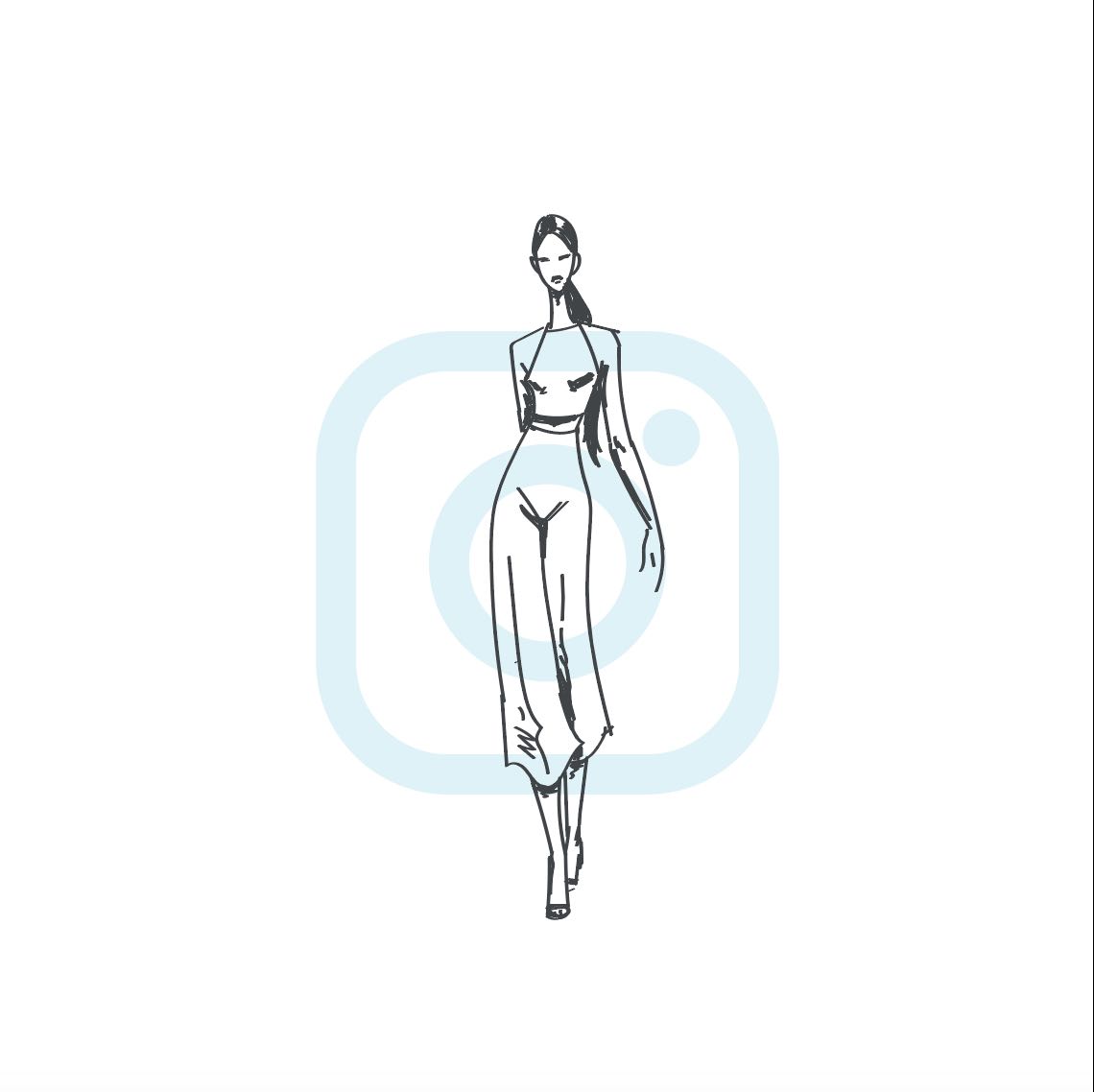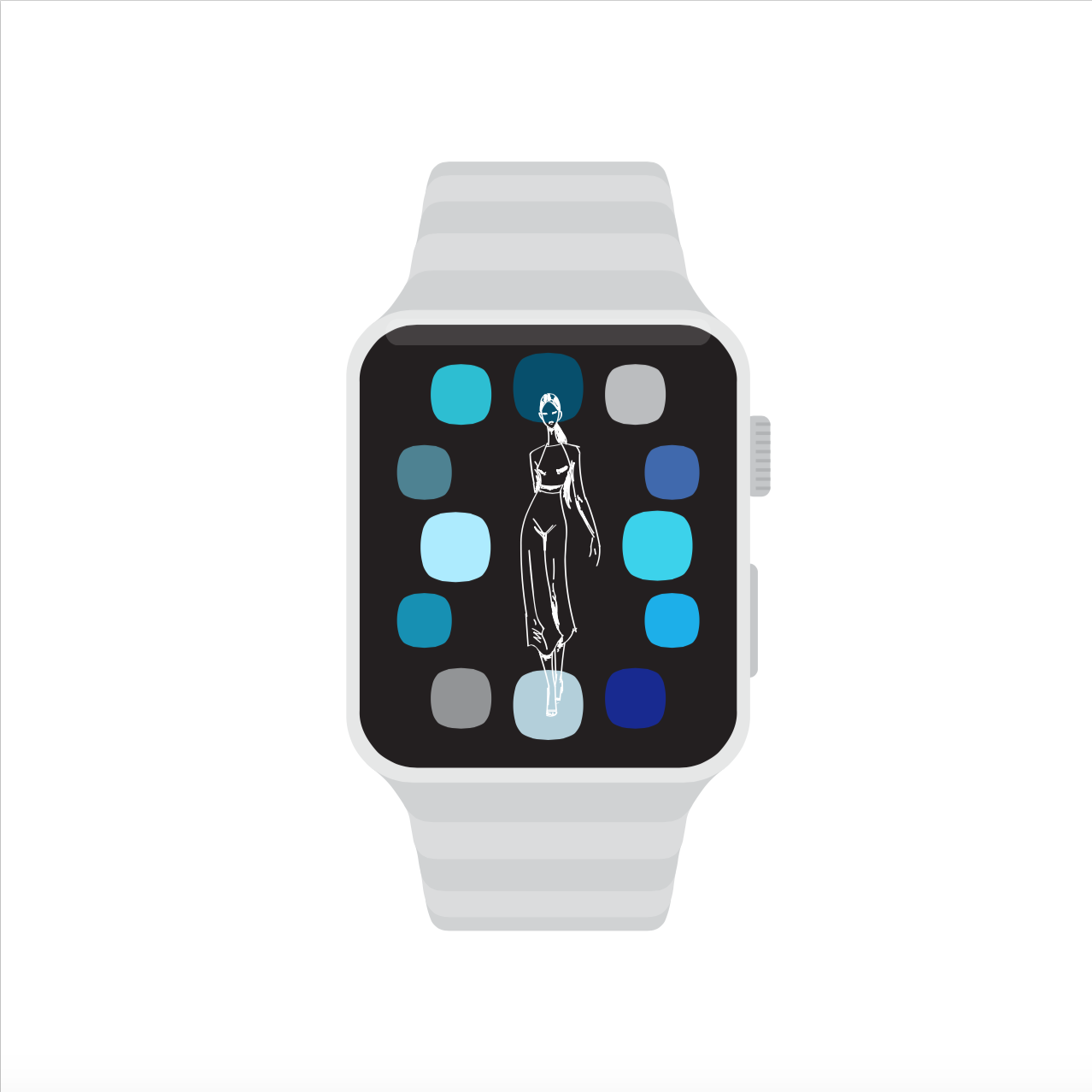Is this the End of the Print Magazine Era?
It is no secret that the past couple of years have been increasingly rocky for publishing companies. Any statistics aside, the individual consumer can likely attest to gradually purchase fewer and fewer print magazines over the past 10 years, as digital access has increased exponentially. While the impacts may not have been immediately manifest, recent unsettling events plaguing the publishing world have made it impossible to deny the struggles presenting themselves; the cracks are showing.
In the first weeks of September, two editors in chief at international publishing giant Condé Nast resigned, Graydon Carter of Vanity Fair, and Cindi Leive of Glamour. Later that month, it was announced that Jim Norton, Condé Nast’s chief business officer and president of revenue, had been fired after joining the firm only 1 year prior. He had been brought in to revamp and restructure the business side of the company. Between January to March 2017, he combined the creative, copy, and photo teams, ended Self magazine’s print issues, and slashed 100 jobs (4% of the workforce) among other things, according to Women’s Wear Daily. He also began a restructuring of Condé Nast’s publishing model by grouping magazines under “chief business officers” who would oversee multiple magazines, while previously each magazine had had its own publisher. The aim was to cut costs, but these decisions proved insufficient, and he was let go soon after.
Norton was replaced by previous chief marketing officer Pamela Drucker Mann, who in October concluded what Norton had started with the group-publishing model. This included categorizing the groups into what were named as ‘collections’: “The Culture Collection”, “The Innovation Collection”, “The Lifestyle Collection”, “The Beauty Collection”, and “The Industry Collection”. Only Vogue survived the restructuring, maintaining its stance as a stand-alone business. Under Norton’s reorganization, The New Yorker had previously retained its independence too, but under Drucker Mann’s lead it was categorized under “The Culture Collection”, leading to the dismissal of The New Yorker’s chief revenue officer Lisa Hughes.
Furthermore, in November, Condé Nast cut 80 more jobs, reduced department budgets by up to 20%, lowered publishing frequencies for a number of its magazines (e.g. Allure will be published 11 times a year rather than 12), and most surprisingly, also terminated Teen Vogue’s paper issue run. To the general public, it was this last decision that intensified talks about the fate of print magazines.
In its inception, Teen Vogue had been religiously fashion-based, and its target readership had been upper and upper-middle class girls. In recent years, however, the attitude of the magazine shifted into something more revolutionary, covering news stories on political and social issues. In April 2016, Elaine Welteroth was named editor of Teen Vogue, and one year later rose to the role of editor in chief. The New York Times reports that during her time there, Welteroth transfigured the magazine’s reputation, releasing issues with titles such as, “For Girls, by Girls” and “Smart Girls Speak Up!”, and publishing an essay by Hillary Clinton, interviews of Loretta Lynch, the 83rd Attorney General of the United States, and activist Gloria Steinem, and an online-only op-ed titled “Donald Trump is Gaslighting America”, which created waves across the United States.

Courtesy of Teen Vogue
As a result of the newly-rejuvenated and modernized atmosphere at Teen Vogue, it is disquieting to consider the news of its cessation. Additionally, considering that Condé Nast is among the largest distributors of magazines worldwide, publishing household names such as Vogue, Vanity Fair, and The New Yorker, these announcements of restructuring and ceased publications have hit the industry particularly hard.
The future outlook for print magazines is not positive, to say the least. In PwC’s ‘Global Entertainment & Media Outlook 2016-2020’ for ‘Newspapers & Magazines’, it is detailed among other research that “in contrast to newspapers, magazine circulation revenue will likely fall particularly sharply, as consumers favor free content from both digital first and traditional magazine publishers.” The report further explains that increasing digital revenues will not offset the loss of print revenues, due to the fact that not only is it harder to monetize digital content, but also because digital advertisements only cost a fraction of their print counterparts. Publishing companies are trying out new strategies to take advantage of the increasing demand for digital content, such as setting up per-article micropayments that follow the models of apps or songs, and setting up content marketing businesses. An additional tactic played out by companies is similar to what Carter started and Drucker Mann completed at Condé Nast: bundling different publications under categories. By doing this, publishing companies can offer advertisers grouped selections of advertisement spaces across titles within particular categories, which will aim to target the advertisers’ desired demographics.

Courtesy of PwC, ‘Global entertainment and media outlook, 2016-2020’
Besides facing changes in consumer behaviors, traditional publishing firms also need to contend with newer business models within their industry. One such model is that of Business of Fashion (BoF), a website that exclusively publishes content related to the fashion industry, in terms of business. A major draw for readers is the insider information and analysis BoF provides, something that may not be so accessible in typical fashion publications, which often fail to thoroughly cover the ground between the two industries. BoF maintains a far distance from associating itself with titles such as ‘50 Chicest Boots for Fall’ or ‘What Your Handbag Says About Your Personality’, which helps it gain credibility as a serious, reliable, and strategy-minded source.
A quick look at BoF’s website reveals a lack of advertisements, an area which could theoretically be a very profitable source of income for the company, given its current reputation and success. On the other hand, shunning advertisements allows it to not only stay neutral, but once again distinguish itself from traditional publications who rely heavily on print advertisements. As an extreme example, the September 2007 issue of Vogue contained 727 pages of advertising. BoF stands out among the plethora of traditional fashion magazines, although it is debatable whether the former fits in that category in the first place. Given the absence of advertisements, it appears that BoF must rely heavily on monthly and yearly subscriptions to fund its activities, and therefore provide an incentive to become what it calls a ‘BoF Professional’. An annual subscription as a ‘BoF Professional’ provides highly desirable benefits that go beyond receiving unlimited access to articles and exclusive features: there are networking events and special bi-annual print editions that are not readily obtainable otherwise. This package is currently priced at €13.50 per month, offered as a 25% discount of the original price. While this places its price fairly above that of the usual fashion magazine, subscribers have the satisfaction of knowing that they are not paying for hundreds of pages of advertisements, and in place of that are receiving analytical industry content.
As evidenced by the increasingly chaotic behavior of publishing companies, it does not seem outlandish to predict that the golden age of print magazines is coming to an end. In the distant future, it is possible that the subjects of movies such as The Devil Wears Prada (2006), 13 Going on 30 (2004), and even Funny Face (1957) will remain solely as bygone eras to reminisce about, just as one may do about the Roaring Twenties when watching Baz Luhrmann’s The Great Gatsby (2013). As digitization accelerates at lightning speed, many industries fall in limbo, a desperate state of distress, unanswered questions, and ticking time. What will the fate of print magazines be?

by Yongjia Cheng






